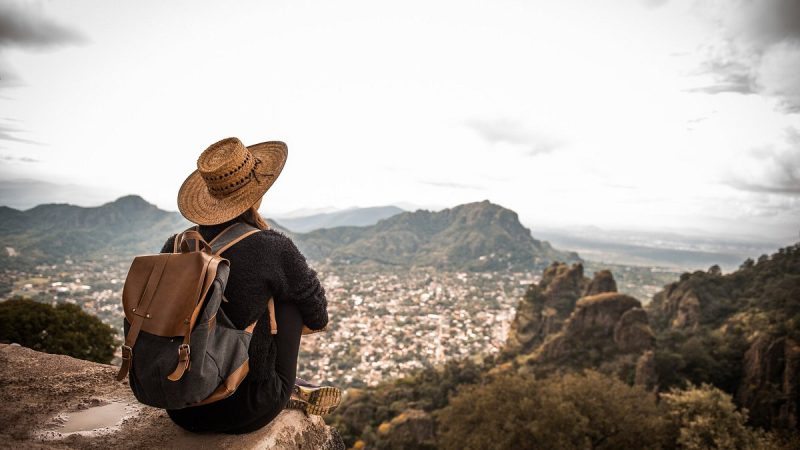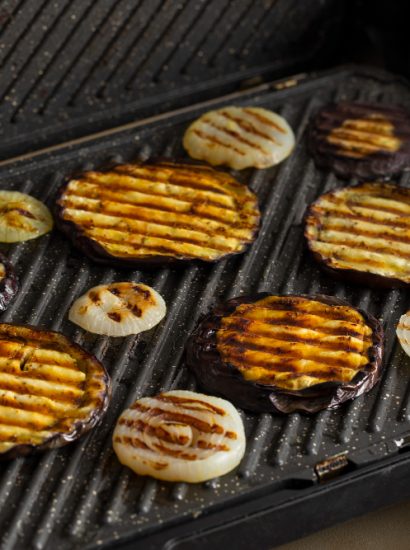Embarking on a journey with your Mexico Backpack is one of the most exciting ways to experience the country’s diverse culture, delicious cuisine, and stunning landscapes. From the bustling markets of Oaxaca to the serene beaches of Tulum, backpacking through Mexico offers adventure at every turn. However, first-time travelers may face a learning curve without proper preparation. To help you get started, we’ve gathered 10 game-changing tips that will make your Mexican adventure smoother, safer, and far more enjoyable. Grab your Mexico Backpack and let’s dive into the ultimate travel guide!
Choose the Right Mexico Backpack for Your Journey
Not all backpacks are created equal. When selecting your Mexico Backpack, focus on comfort, capacity (30–50 liters is ideal), and durability. Look for ergonomic straps and a padded hip belt, as you’ll likely be walking a lot. Opt for front-loading styles for easy access and compartments to separate clothes, gear, and toiletries. A good backpack can make all the difference in how much you enjoy your trip across Mexico.
Map Out Your Route, but Stay Flexible
Planning a rough itinerary is wise, especially for first-timers. Popular backpacking routes include Mexico City → Oaxaca → Chiapas → Yucatán. However, allow room for spontaneity—part of the magic of carrying a Mexico Backpack is being able to veer off-course and explore unexpected towns or beaches. Download offline maps and have key destinations, but trust the journey too.
Budget Smartly Without Sacrificing Fun
Mexico is relatively affordable, but expenses can add up fast. Hostels cost $10–$25 per night, meals $3–$10, and intercity buses around $20–$50. Withdraw pesos at ATMs instead of currency exchange booths for better rates. Keep some emergency cash hidden in your Mexico Backpack. Use apps like Trail Wallet to track expenses and prioritize experiences over souvenirs.
Eat Street Food—Safely and Deliciously
Street food is an essential part of the Mexican travel experience. Tacos al pastor, tamales, and churros await! To avoid an upset stomach, follow the locals—if a vendor is busy, that’s a good sign. Bring hand sanitizer in your Mexico Backpack and drink only bottled or filtered water. Avoid pre-cut fruits or raw foods unless you’re sure they’ve been properly handled.
Stay in Social Hostels and Make Lifelong Friends
Hostels aren’t just affordable; they’re social hubs for travelers. Look for well-reviewed spots in safe neighborhoods with communal spaces, lockers, and organized tours. Staying in hostels will enrich your Mexico Backpack experience as you connect with like-minded adventurers. Many hostels even offer free breakfast or cultural activities like cooking classes.
Embrace Local Transport Like a Pro
Forget renting a car—Mexico’s long-distance buses and colectivos (shared vans) are cost-effective and reliable. Use your Mexico Backpack to keep essentials handy, as bags are often stored below or on top of vehicles. Apps like Rome2Rio and ADO Bus will help plan routes. Don’t be afraid to ask locals which transport options they recommend—they often know the quickest and cheapest ways.
Understand Safety and Local Etiquette
While many parts of Mexico are safe for travelers, it’s essential to stay informed. Avoid isolated areas at night and follow travel advisories. Carry a copy of your passport in your Mexico Backpack and keep the original locked away at your accommodation. Learn basic Spanish phrases and respect local customs—like saying “buenos días” when entering a shop or greeting someone.
Capture Memories Without Being Obnoxious
With every cenote, pyramid, and vibrant street mural, you’ll want to snap photos galore. Just be mindful of cultural sensitivities. Always ask permission before photographing people, especially in indigenous communities. Store your camera or phone safely in your Mexico Backpack and keep a backup power bank handy for long days of exploring and shooting.
Pack Light but Smart for Mexico’s Diverse Climate
From humid jungles to cool mountain towns, Mexico’s climate varies dramatically. Pack light layers, breathable fabrics, a rain jacket, and good walking shoes. Include swimwear, sunscreen, and a travel towel in your Mexico Backpack. Don’t forget bug spray, especially in tropical areas. A compact first-aid kit with meds for stomach upset or motion sickness can also be a lifesaver.
Say Yes to Local Experiences and Off-the-Beaten-Path Gems
Beyond the big-name attractions like Chichen Itza and Cancún, Mexico is bursting with hidden treasures. Say yes to a mezcal tasting in Oaxaca, a weaving workshop in Chiapas, or a sunrise hike in San Cristóbal. Your Mexico Backpack allows you to roam freely and chase authentic, soul-filling adventures. Embrace the unexpected—it’s where the real magic happens.
Conclusion
Your Mexico Backpack is more than a container for your belongings—it’s your passport to adventure, culture, and connection. With the right preparation and a flexible mindset, your first trip to Mexico can be transformative. Follow these 10 tips and you’ll not only stay safe and organized but also dive deeper into the heart of this vibrant country. So zip it up, step out the door, and let the journey unfold.
FAQs
Q1. How heavy should my backpack be for travel in Mexico?
Your fully packed backpack should weigh no more than 20% of your body weight. A range of 7–12 kg (15–25 lbs) is ideal for comfort during extended travel.
Q2. Is it safe to travel solo across Mexico as a backpacker?
Yes, many solo travelers explore Mexico safely. Stick to well-known routes, choose trusted hostels, and stay aware of your surroundings. Trust your instincts.
Q3. Do I need travel insurance when backpacking through Mexico?
Definitely. Travel insurance protects you against theft, medical issues, and trip interruptions. It’s a small investment that offers valuable peace of mind.
Q4. Can I use the same backpack for hikes and short trips?
Absolutely. Many backpacks come with detachable daypacks or can be complemented with a lightweight foldable option for hikes, city tours, or beach outings.
Q5. What’s the best time of year to go backpacking in Mexico?
The dry season, from November to April, is best for travel. Summer can be hot and humid, while hurricane season (June–October) affects coastal regions.
Also read:









